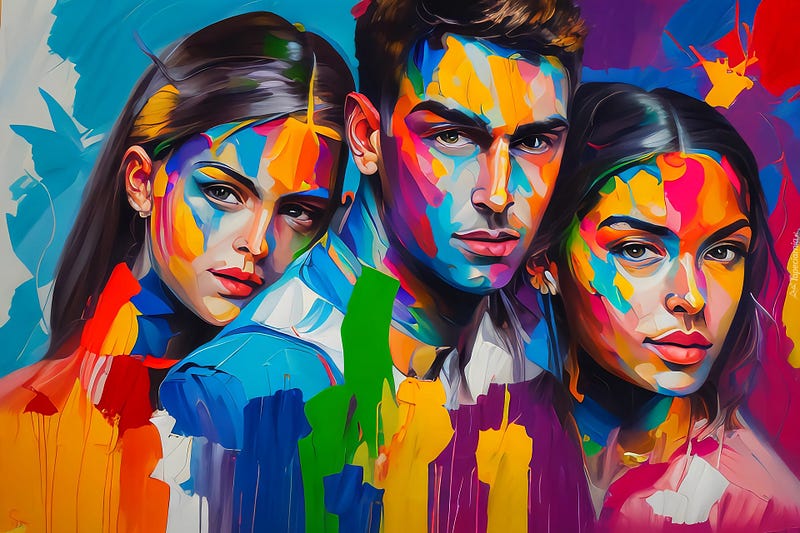# Impacts of AI Art on Creativity and the Artistic Landscape
Written on
Chapter 1: Understanding AI in Art
What happens when artificial intelligence starts creating art? Platforms like Dall-E 2 can generate images on virtually any topic in mere seconds.

The digital realm has opened a new avenue for meme culture, exemplified by a Twitter account that has gathered over a million followers, celebrating "spectacular Dall-E creations." Publications like Cosmopolitan have hailed the debut of the first generative AI magazine cover, while tech investors are enthusiastically embracing this novel phase of "generative AI." The influence of AI-generated imagery has extended to video production as well, highlighted by innovations like Google Imagen Video and Meta's Make-A-Video. However, the creative community remains divided about this technological advancement. As one creator lamented, "My primary worry is the implications of this technology not just for my business, but for the manufacturing sector as a whole."
Through the analysis of extensive datasets, AI has demonstrated its ability to outperform humans in certain domains. This capability was notably showcased when an AI triumphed in the Go world championship in 2016, rapidly calculating optimal strategies and making moves that would have seemed ludicrous if made by a human. Until recently, original creative expression was regarded as an exclusively human trait. However, recent advancements in AI have shifted this perception. Modern AI image generators can transform textual descriptions into new visuals, and developments in AI speech synthesis, such as GPT-3, have reached a level of fluency that has impressed even seasoned researchers. Additionally, AI applications have shown potential in enhancing musical compositions, challenging the traditional notion of what constitutes genuine musical creation.
This category of technology is referred to as generative AI, operating through a methodology known as diffusion. Essentially, vast datasets are utilized to train AI systems, enabling them to produce novel content that resembles the training data without being identical. For instance, after analyzing countless images labeled "dog," an AI can generate an entirely new representation of a puppy that we can easily identify as a dog. Nonetheless, AI imaging tools still face challenges in mimicking human-like nuances, resulting in limitations that can be quite significant, including tendencies to produce inconsistent outputs.
While many internet users have embraced this remarkable creative potential, allowing even amateurs to craft stunning digital artworks, some artists have voiced concerns regarding the implications of this technology for their craft. Many creators are calling for recognition of their influence in this evolving landscape. For instance, consider a bowl of oranges depicted in the style of Picasso—thanks to AI's training on billions of images, including the copyrighted works of contemporary artists, it can generate highly accurate imitations. This has sparked outrage among some artists who perceive it as an infringement on their creative rights. Greg Rutkowski, a renowned illustrator known for his fantasy-themed artwork, expressed his concerns, stating, "It's only been a month. But in a year? I might find it challenging to secure work since the internet will be saturated with AI-generated art."
Dall-E 2 operates as a black box, with OpenAI opting not to disclose its code or the dataset it was trained on. In contrast, Stable Diffusion has chosen to make its code open source and has shared insights into the image database utilized to develop its models.
Chapter 2: The Future of AI and Artistic Expression
In this video titled "Will A.I. Generated Art Be the Death of Artistic Creativity?", experts discuss the potential consequences of AI on traditional creative processes and whether AI-generated art can truly be considered art.
The video "The Creativity of AI Art" examines the innovative capabilities of AI in the artistic realm and debates the implications of AI's role in future creativity.